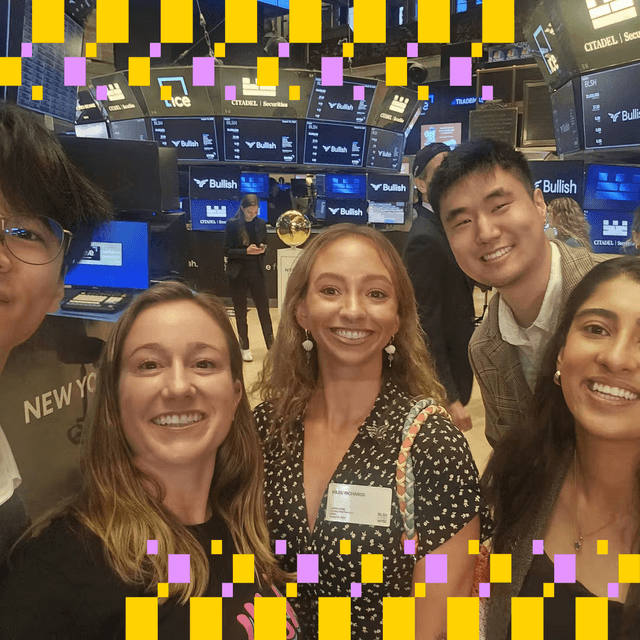The Merge Doesn’t Solve Ethereum’s 'Atomic Composability'
What that is and why "cross-pollination" between decentralized applications matters.

The Merge of Ethereum’s network is a significant accomplishment in the history of open-source software and Web3. For the most part, this transition from the more energy-intensive proof-of-work consensus mechanism to the less energy-intensive proof-of-stake has been celebrated for its increased sustainability.
But while the story of the day is about energy conservation, the Merge skirts a looming problem for Ethereum. Network updates after the Merge are intended to finally begin improving Ethereum’s scalability – but these proposals threaten the viability and sustainability of a healthy Web3 ecosystem.
Jeremy Epstein is the chief marketing officer of Radix, a layer 1 smart contract platform. You can follow him at @jer979 on Twitter.
This article is excerpted from The Node, CoinDesk's daily roundup of the most pivotal stories in blockchain and crypto news. You can subscribe to get the full newsletter here.
“Atomic composability,” which made decentralized finance (DeFi) on Ethereum possible to begin with, becomes compromised. And when you break atomic composability, you hinder the very thing that makes an ecosystem truly sustainable long-term.
See also: Evaluating Ethereum: 1 Week After the Merge
What is atomic composability and why does it matter?
Atomic composability is a technical term for saying that any application on a network can frictionlessly interact with any other application. Ethereum is going to consciously break composability by segregating parts of its network from each other in the implementation of sharding or layer 2 systems.
To make this concept more concrete, let’s consider the health of a rainforest or a desert.
Without pollinators, one-third of all our edible fruits and vegetables could not grow, according to experts.
You’ve most likely heard about the declining bee population, but the story repeats itself over and over and over again all over the world. The destruction of agave plants for tequila production jeopardizes the survival of the bats that pollinate the most important cactus in the desert, putting the entire ecosystem at risk. Whaling ultimately leads to the destruction of fish stocks.
The fact is that biodiversity is essential for the survival and growth of natural ecosystems, and when this cycle is threatened the consequences are far-reaching and devastating.
As far back as 2009, the Economics of Ecosystems and Biodiversity organization put out a report highlighting just how much economic value for humans is directly connected to ecosystem biodiversity, including up to 50% of the pharmaceutical industry and 100% of the agricultural industry, among many others.
So if biodiversity is so important and valuable for physical ecosystems, why wouldn’t application diversity be essential for the survival and growth of digital ecosystems?
The answer: It is.
The more application diversity within an ecosystem, the more its apps are able to “cross-pollinate” with each other, leading to a more robust, resilient ecosystem that can fuel all kinds of growth. This can also lead to new species of applications and new wealth creation for the humans who rely on them.
Protecting the 4 superpowers is the key to Web3 eco-diversity
Web3 has four superpowers: tokenization, decentralized applications, two-sided markets without intermediaries and composability.
Taking away one of these superpowers by walling off certain applications from each other through specific types of blockchain sharding or layer 2 implementations (as nearly every smart contract platform does) is like separating the bat from the plant it pollinates.
We’re witnessing the impact on our world as we destroy natural diversity, separating flora and fauna from the ecosystems in which they have thrived and are interdependent.
See also: JPMorgan Sees Concerns for Ethereum Blockchain After the Merge
Now, at the dawn of Web3, as we look to birth the most dynamic, flourishing digital ecosystem for the future of global finance, we can’t afford to make that same mistake.
Decentralized networks that preserve all four superpowers, including atomic composability, will give emergent digital ecosystems the most room to flourish.
Note: The views expressed in this column are those of the author and do not necessarily reflect those of CoinDesk, Inc. or its owners and affiliates.
More For You
BitSeek: Decentralized AI Infrastructure Revolutionizing the Web3 Industry
More For You






![[C31-7570] daaate](/_next/image?url=https%3A%2F%2Fcdn.sanity.io%2Fimages%2Fs3y3vcno%2Fstaging%2Fb860804181535bcc5d91bae2bed733734be5742d-1920x1080.jpg%3Fauto%3Dformat&w=1080&q=75)






